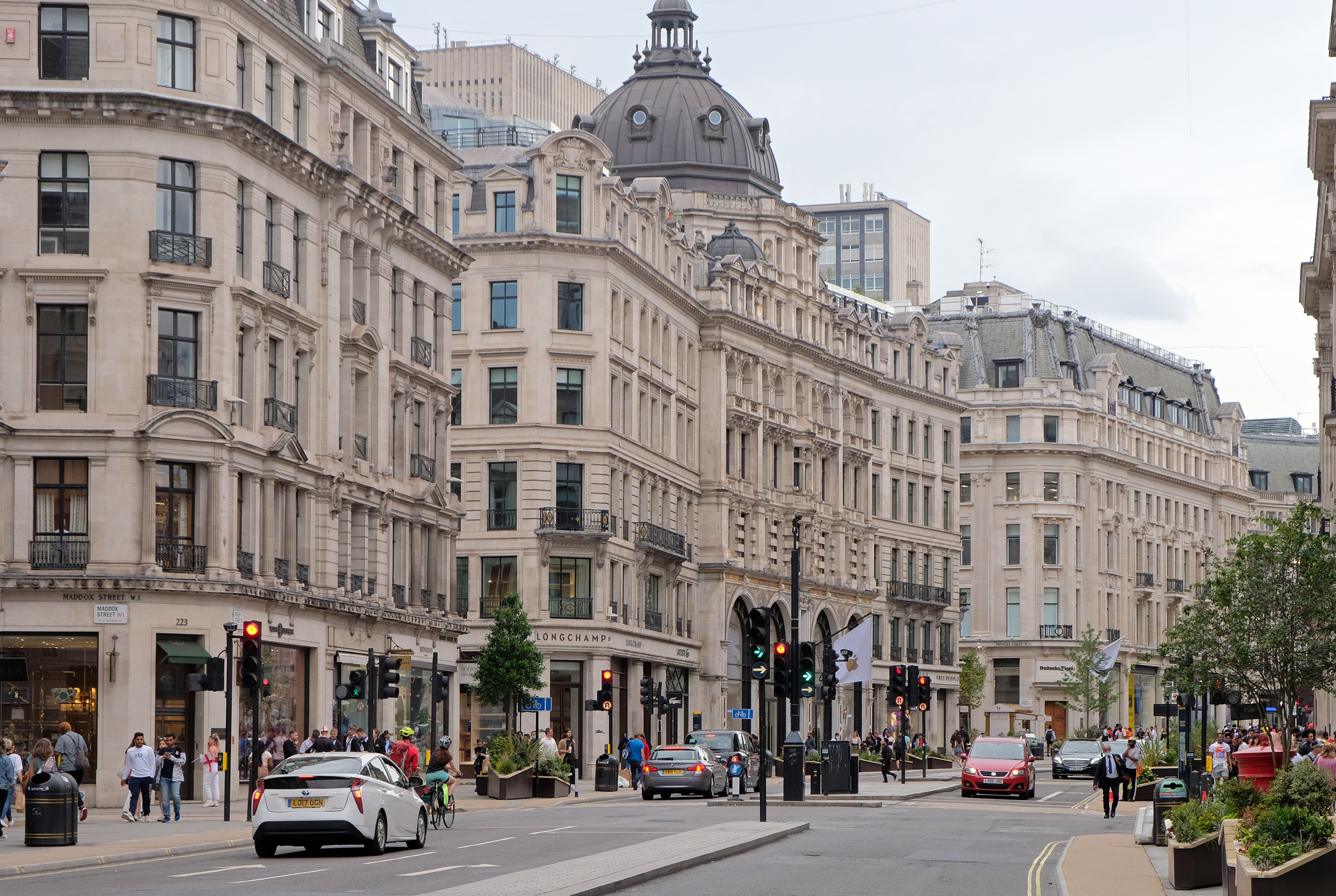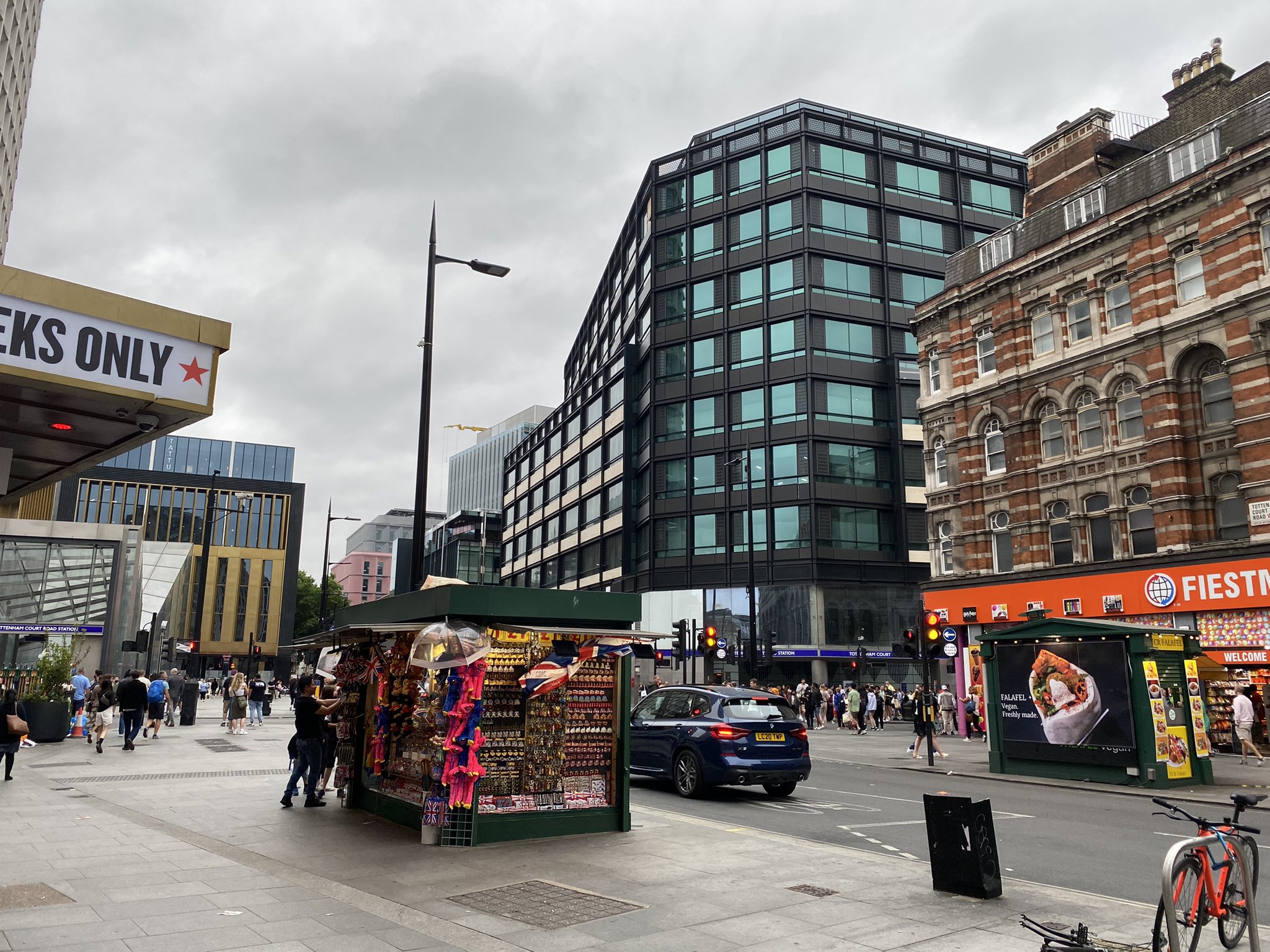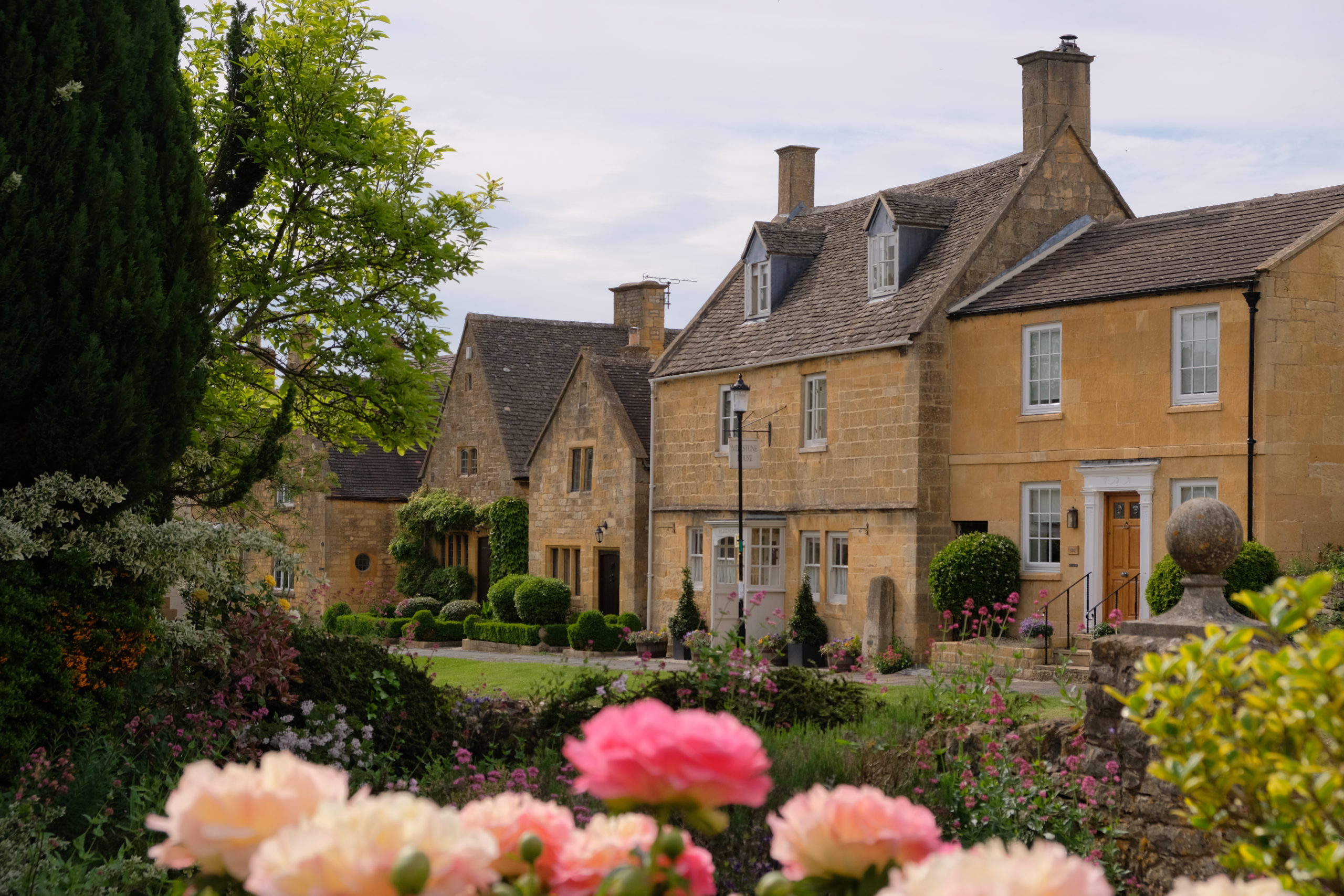Create Streets’ senior architectural designer, Robert Kwolek, considers how important a strong character and identity is to beautiful places with which residents and visitors can fall in love.
We tend to like places with a unique identity, those places with a strong, easily recognisable character. Think about the most beautiful places in the world. Usually top of the list are cities built from local materials, like Paris, or cities with a strong architectural character, such as Venice. There’s an undeniable charm to villages of similar buildings or streets painted in complimentary colours. Apart from the relative old age of the buildings in these places, the key factor which characterises them is the uniform character and language of the buildings, both in style and materials. In beautiful cities, there is harmony in the architecture. Everything looks like it belongs, not just with each other but of its place, too.
Closer to home, London’s most beautiful and characterful streets are also those with a strong sense of consistent architectural character, like the brilliantly white stucco-clad streets and garden squares of South Kensington or Notting Hill, the Portland Stone of Regent Street or the rich red brick of the Cadogan Estate. It’s certainly not found in the kaleidoscope of brick, stone, glass, steel and undefined cladding of the City or the mess Oxford Street or Tottenham Court Road have become. With each new generic glass office block, London’s character gets further eroded.

There’s an undeniable identity to Regent Street as a result of the unifying character of Portland Stone and the variety within a pattern of its architecture.

In contrast, Tottenham Court Road has become a banal mess of a street and with each new mediocre building its character gets further eroded.
Beyond London, the most beautiful places all have a strong, unifying character: the historic cores of Bath, Oxford, York and Edinburgh, or the villages of the Cotswolds. The character of a place is easily lost, however.
Create Streets is currently working on a design code in the West Midlands. Two local parishes at the edge of the Cotswolds conducted engagement with residents to gauge how they experienced the character of the place. On a street where at least 80 percent of buildings were Cotswold stone, most people described the street as having a Cotswold character. Where they contained 60 percent Cotswold stone buildings (still a clear majority), most people described the street as having a generic character. The tipping point came at about 70 percent. In other words, it only takes three “non-characteristic” buildings out of ten to change the local character of an area. In the words of one councillor responding to our survey, it’s “important to ensure that new buildings act to enhance rather than undermine local character.” The Cotswolds’ villages have a much stronger character than surrounding regions and an unmistakable identity thanks to the beauty and homogeneity afforded by Cotswold stone. They’re all the more admired and beloved for it.

The unique character of the Cotswolds draws visitors from around the world.
This is one of the reasons why materials are such an important section in any design code. Consider here again how important the uniformity of locally quarried Lutetian limestone is to the character of Paris, used in the area since antiquity. Paris just wouldn’t be Paris without the stone’s unifying character.
Classical architects like to use an analogy with music to compare to architecture. A beautiful piece of music has a collection of consonant notes which join melodically together to form a harmonious whole. Imagine just how unpleasant even one dissonant note can be. It could ruin the whole piece! Well, that’s what we’ve been doing to our cities. To use Paris as an example again, how grating to the eye the few modern buildings amongst the Haussmannian streetscape are! Examples include the Opéra Bastille or the new glass clad La Samaritaine department store on the iconic Rue de Rivoli. They are the dissonant notes disrupting otherwise harmonious streetscapes.
It’s not an entirely contemporary concern. The Arts and Crafts movement in England at the end of the 19th century was a reaction to the standardisation during the Victorian era. Many buildings were designed in an Italian, French, Indian, or Dutch style which, it was felt by some, didn’t reflect an “English” style. In the post-war era, the triumph of Modernism has led to the globalisation of architecture with any hints of a local style replaced by a glass and metal sameness the world over, regardless of local traditions or the local climate. As a result, we cherish the unique pre-modern places more than we ever have, sometimes traveling halfway around the world to see a preserved medieval town, flocking to World Heritage Sites, “old towns” or “the walled city of…” Why? Because we crave unique places with character and identity, the kinds of places we can’t see anywhere else.
If we want our built environment to be more lovable, one of the best steps we could take is to work towards enhancing their character rather than allowing that character to become further eroded to the point where it’s all but lost. It’s leading to places which feel like they could be anywhere, places which are not beautiful, unloved and uncared for.
With each new building we build, we can continue diluting the character of our towns and cities. Or, we can work towards strengthening and enhancing their character, making them feel more like themselves, like places with a heart which their communities can fall back in love with and feel proud to live in.
Robert Kwolek is a senior architectural designer at Create Streets

